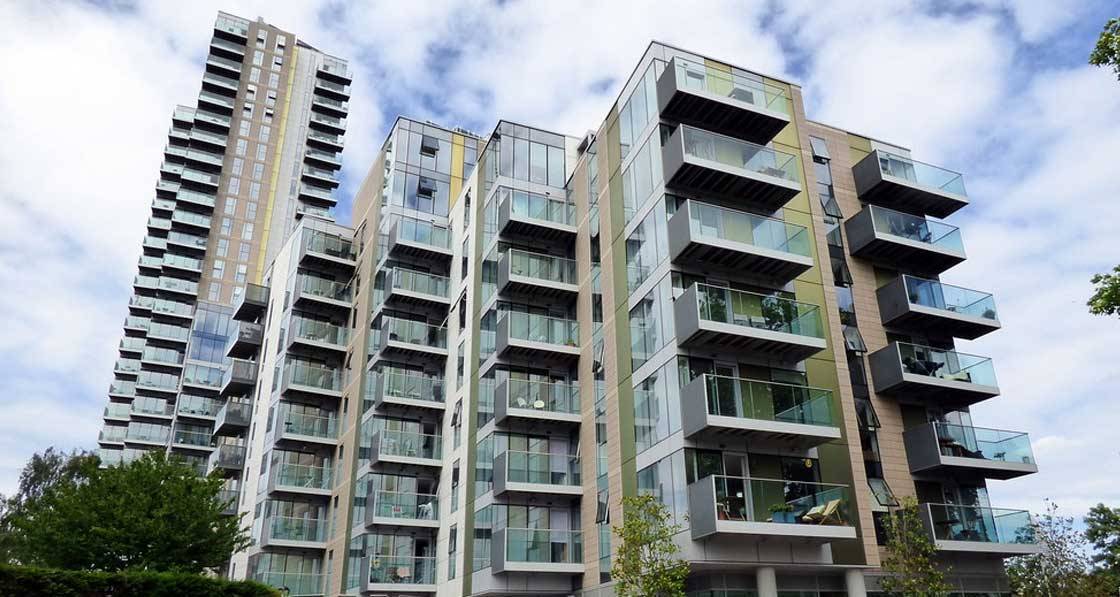
- Blogs
- Posted
Rebuilding Ireland mishap significantly inflating HAP figures
Mark Twain popularised the saying “There are three kinds of lies: lies, damned lies and statistics”. Mel Reynolds explains why Department of Housing statistics on HAP may be grossly inflating the state’s impact on tackling the housing crisis.
This article was originally published in issue 31 of Passive House Plus magazine. Want immediate access to all back issues and exclusive extra content? Click here to subscribe for as little as €10, or click here to receive the next issue free of charge
“Rebuilding Ireland: An Action Plan for Housing and Homelessness” was launched in July 2016 by former minister for housing Simon Coveney and includes five pillars of actions designed to address homelessness, accelerate social housing supply, build more homes and improve the rental sector as well as utilising existing stock better. The target was to provide 47,000 long-term social housing homes through build, acquisition and leasing programmes and a further 87,000 flexible housing supports from 2016 to 2021. A review in 2017 saw the five-year target increase to 137,563 social housing ‘solutions’ of which 97,596 (71%) are to be leases from the private rental sector.
HAP
‘Housing Assistance Payment’ (HAP) is the big ‘solution’ and the 2021 target is for 83,760 subsidised tenancies. HAP is intended to unify social housing support, replace Rent Supplement, remove barriers to work and provide a more flexible form of rent support to rapidly address housing need. HAP has been rolled out on a phased basis and from March 2017 was made available in all local authorities who administer the scheme and pay landlords directly. The rent charged is within limits set down for the household type in that local authority’s area, which vary and may be subject to review. Tenants pay a weekly HAP rent contribution to the local authority, based on their income and ability to pay.
Rebuilding Ireland HAP is projected to increase by a further 15,000 tenancies in 2019. Spending on HAP in 2018 was €277M and this is forecast to increase to €422M this year, an annual increase of €145M. These are large budgets.
Reported vs actual
Two Dáil answers, one from former housing minister Simon Coveney in 2018 and more recently from Minister Murphy this year, when read together give an accurate picture of active HAP tenancies for the past six years to Q1 (first quarter) 2019. Active tenancy totals give the annual net increases per year, as shown in table 1 (Local Authority Housing Data: 10 Jul 2019: Written answers (KildareStreet.com); Housing Assistance Payment Data – Tuesday, 23 Jan 2018 – Parliamentary Questions (32nd Dáil) – Houses of the Oireachtas).

These figures are at odds with official Rebuilding Ireland performance figures which show much higher additional HAP tenancies as per table 2.

Rebuilding Ireland appear to be using gross figures to imply HAP targets are being met when in fact the reality of new tenancies is much less. It seems that as HAP tenancies are being renewed, they are being counted as additional new tenancies, which they patently are not. For example, if a local authority in one year creates 100 new HAP tenancies and renews 70 existing ones, this is being counted as 170 new households supported rather than 100. This annual distortion can be expected to increase as the actual numbers of existing tenancies grows and renewals increase. As can be seen from official figures this is precisely what is happening from 2017 up to Q1 2019.
Rebuilding Ireland additional totals are significantly inflated. This appears to be progressive, from 132% in 2017 increasing to 178% by 2019 Q1. The Rebuilding Ireland total of 40,241 for new HAP households supported from 2017 to Q1 2019 is 12,566 (145%) more than the 27,675 total for active tenancies confirmed in the Dáil for the same period. This ‘results inflation’ has happened in just over two years. A discrepancy of this size is significant. Assessments of current costs, future budgets and policy depend on analysis based on accurate data.
Conclusion
The Department of Housing appears to distort performance figures to meet or surpass annual targets. This is apparent across numerous data sets. Social housing provision is at much lower levels than suggested. Builds should be distinct from new acquisitions; short term vacant units should not be included as additional new homes and accurate net totals for HAP tenancies should be provided. All Rebuilding Ireland data needs to be interrogated very carefully alongside other official sources.
Responsibility for performance reviews may need to be removed from the Department of Housing and placed with an independent body such as the Central Statistics Office to guarantee future accuracy, as has been done for new home completions. Given the rental distress experienced by households on modest incomes, official distortions of this magnitude may have unintended consequences for government policy and the large number of families dependent on public housing.




